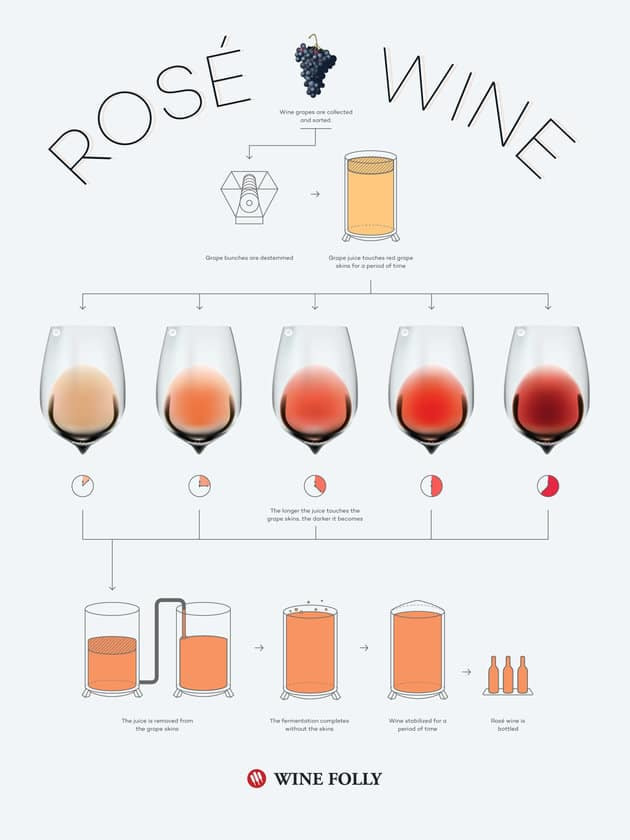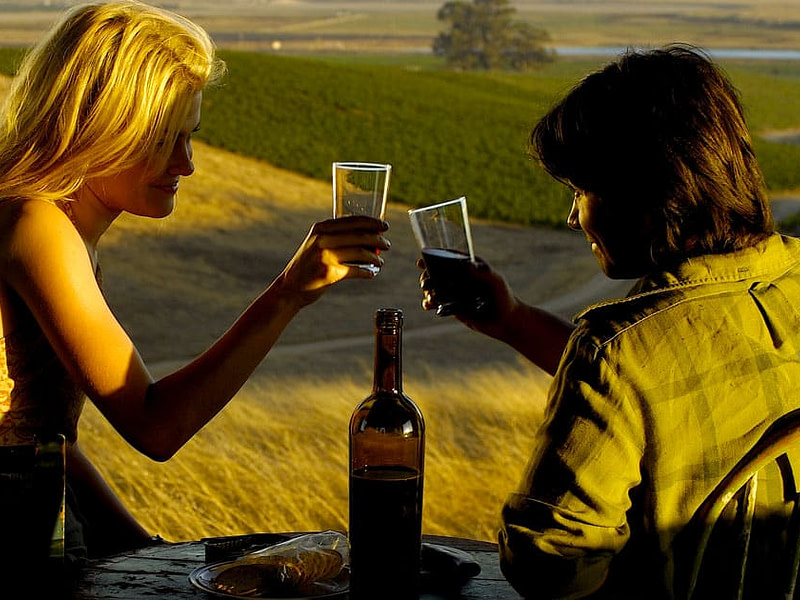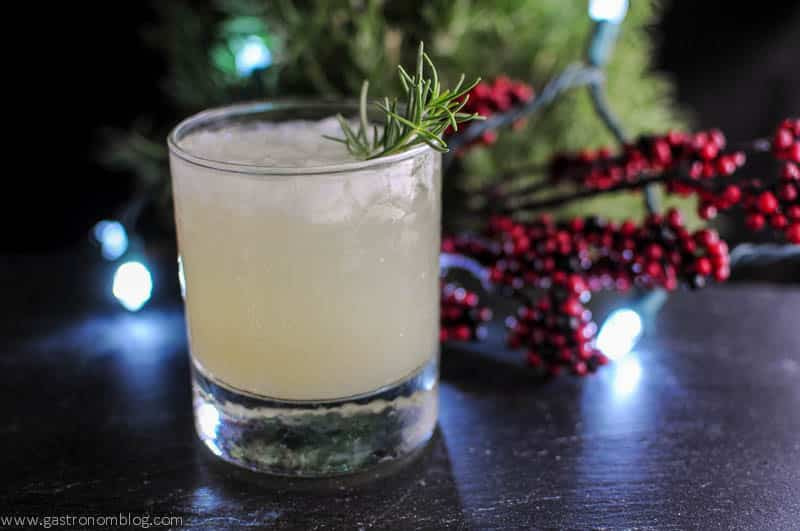
So THAT’S How Rosé Gets Its Perfectly Pink Hue
There are many styles of rosé, and a few different techniques to make them. One method used mostly for sparkling wines is to blend white wine and red wine to achieve that pleasantly pink tint. And though this method sounds simple, that doesn’t mean the wine can’t be fine.
Another method involves “bleeding” juice from a batch of red wine. The extracted juice is used to make rosé, and the remaining red wine is simultaneously made more concentrated. It’s a win for everyone.
The final technique, called maceration, is more complex — and the most common. Rosé is made like red wine (which is made with the grape’s skins), but in the case of rosé the skins that color the juice are removed earlier in the process, leaving just a tinge of color in the wine.
While both red wine and rosé get their color from these grape skins, the hue will vary depending on how long the juice is in contact with the skins. In rosé’s case, that’s usually between 2 and 20 hours. That’s why the color of rosé varies so much between styles. According to Wine Folly, maceration is the most prevalent technique and is used in regions that are well-known for their rosé, including Provence. This method is illustrated in the graphic below:
Rosé’s versatile nature means there is a style for everyone. Sweet, dry, fruity, sparkling — there are plenty of options.
So whether you’re a longtime wine connoisseur or have merely dabbled in the grape, there’s one thing we should all agree on: There’s always time to stop and smell the rosé.
Fuente: Huffington Post






